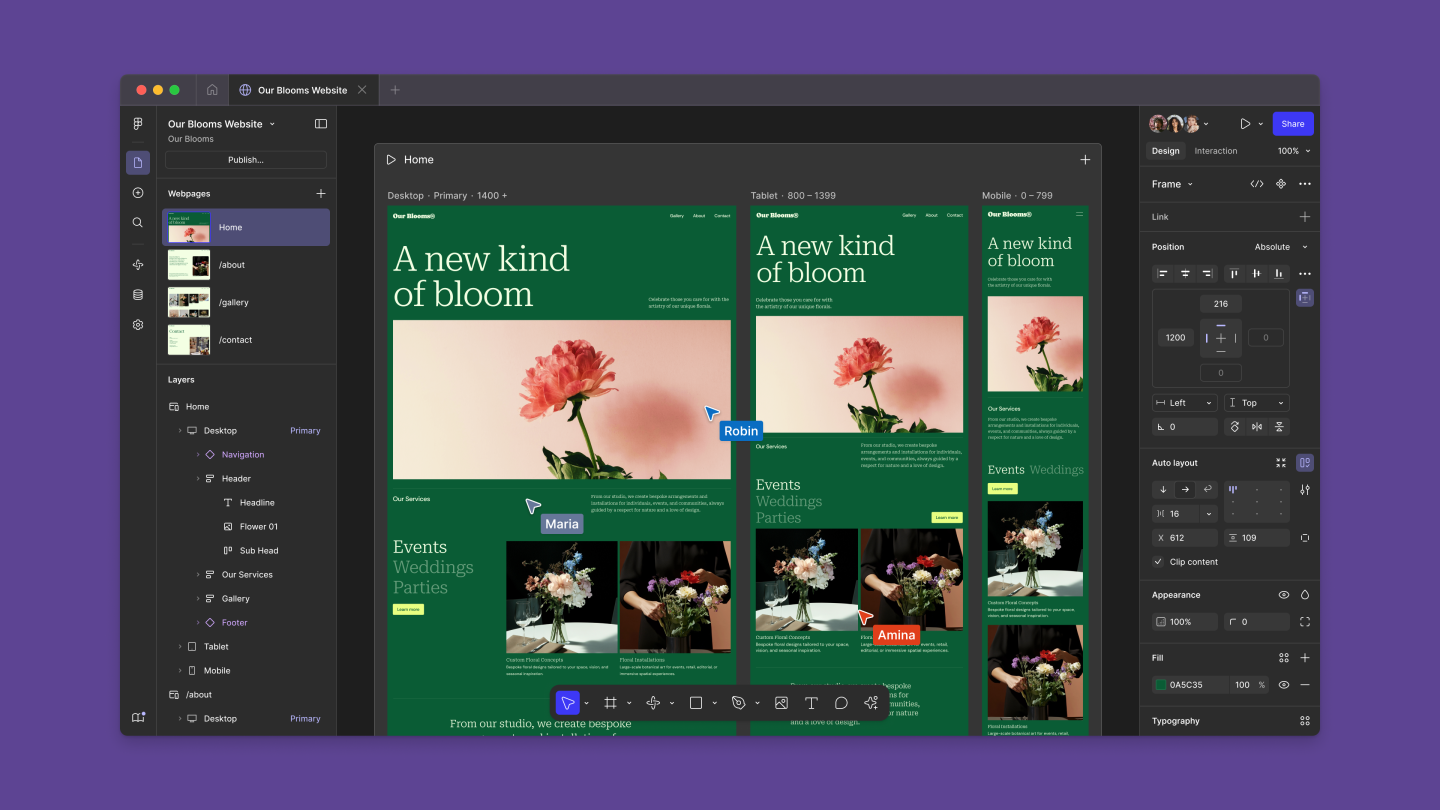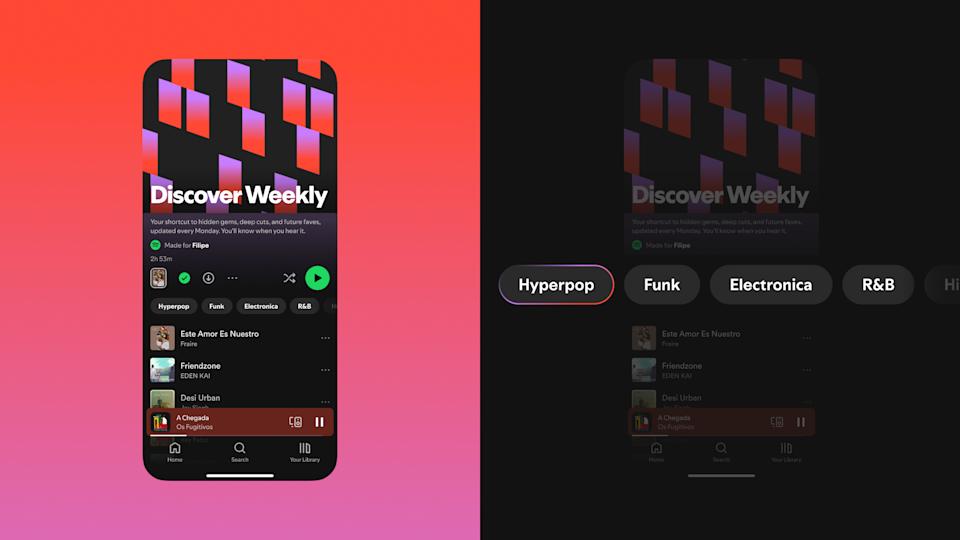Figma is broadening its ambitions well beyond collaborative design, unveiling a suite of new tools at its Config 2025 conference that aims to turn the platform into a comprehensive, end-to-end product design ecosystem. The company introduced four new products—Figma Sites, Make, Buzz, and Draw—each targeting a different pain point in the digital design-to-development pipeline. Together, they signal Figma’s clearest move yet to reduce reliance on third-party platforms such as Adobe Illustrator, WordPress, and Canva.
The standout announcement is Figma Sites, a website builder designed to convert Figma projects into live, functional sites—no need to hand off to a separate development environment. Sites offers templates, layout presets, and interaction blocks that will feel familiar to users of low-code tools like Webflow or WordPress. It also features AI-assisted code generation, allowing designers to build interactive animations or behaviors by describing them in natural language prompts. While full AI functionality and a content management system are still on the way, Figma Sites is available in beta for users with full-seat access.

Complementing this is Figma Make, the platform’s first foray into AI code generation. Powered by Anthropic’s Claude 3.7 model, Make lets users build working apps and prototypes from plain-text descriptions or existing Figma designs. The tool takes aim at competitors like GitHub Copilot and Google’s Gemini Code Assist, but integrates more natively with UI design workflows. While still in beta, Make hints at Figma’s broader push into AI-assisted prototyping and development tools.
For marketing and content teams, Figma Buzz offers a Canva-style experience built around brand consistency and scalable asset creation. It allows teams to use brand-approved templates and quickly generate social media posts, emails, and ad creatives using AI image generation and spreadsheet-driven automation. The tool is currently in beta but available to all users.

Rounding out the update is Figma Draw, a lightweight vector design tool now embedded within the platform. Functionally, it resembles a pared-down version of Adobe Illustrator, with brush tools, texture effects, and core vector editing features. While not a full Illustrator replacement, it’s designed to let users create scalable icons, logos, and visual assets without leaving the Figma environment. Draw is generally available now to full-seat users and is accessible across Figma’s other apps like Sites and Slides.
The timing of these launches is notable. Adobe’s failed $20 billion acquisition of Figma last year left both companies on separate but colliding paths. With Adobe having retired its own XD platform and regulatory scrutiny halting consolidation, Figma is now free to carve out a broader slice of the creative market—and it’s moving aggressively to do so.

Taken together, these tools reflect Figma’s strategy to consolidate design, development, and marketing into a unified platform—one that appeals not just to UI/UX designers, but to product managers, frontend developers, content teams, and brand marketers. While Adobe still maintains a more expansive suite across media types, Figma is clearly betting on streamlined workflows, AI support, and platform integration as its competitive edge.





